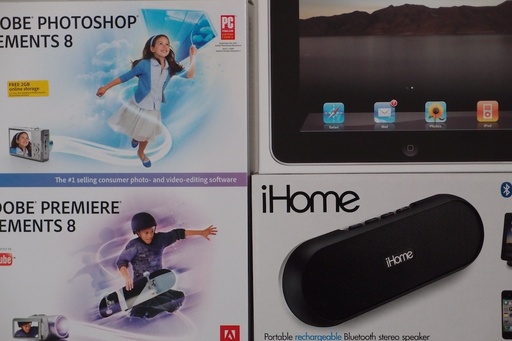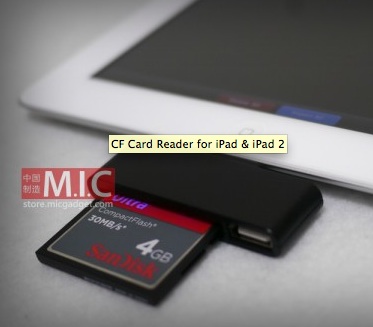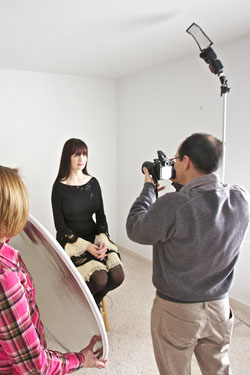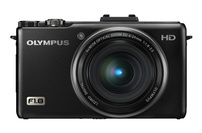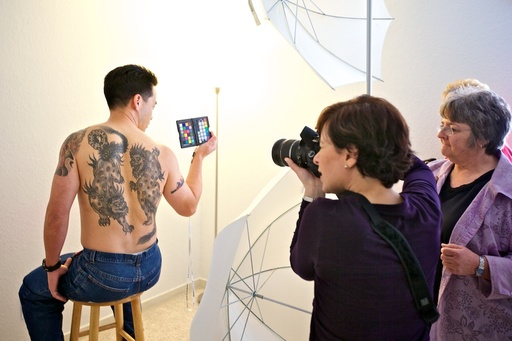The Olympus XZ-1 provides most of the features you'd ever want in a compact camera - super bright f/1.8 lens, hot shoe, accessory port, and captures in Raw. But how does it perform in low light at the higher ISO settings? This week, I put the XZ-1 up against my current compact favorite, the Canon S90, to see who survives the ISO smackdown.
You can see the test images for yourself, and read about the results, by checking out Olympus XZ-1 ISO Test 100-3200.
Listen to the Podcast
You can also download the podcast here (31 minutes). Or better yet, subscribe to the podcast in iTunes. You can support this podcast by purchasing the TDS iPhone App for only $2.99 from the Apple App Store.
Monthly Photo Assignment
Blue is the March 2011 Photo Assignment. You can read more about how to submit on our Member Participation page. Deadline for entry is March 31, 2011.
TDS Summer 2011 Photography Workshop
We're making plans now for the Summer 2011 TDS Photography Workshop. If you want your name on the reserve list, just drop me a line.
More Ways to Participate
Want to share photos and talk with other members in our virtual camera club? Check out our Flickr Public Group. It's a blast!
Podcast Sponsors
Red River Paper -- Try the $7.99 Sample Kit.
Make Your Photos Sizzle with Color! -- SizzlPix is like High Definition TV for your photography.
Need a New Photo Bag? Check out the Lowepro Specialty Store on The Digital Story and use discount code LP20 to saven 20% at check out.
Technorati Tags:
digital photography, podcast, technique, Technology, The Digital Story, tips

